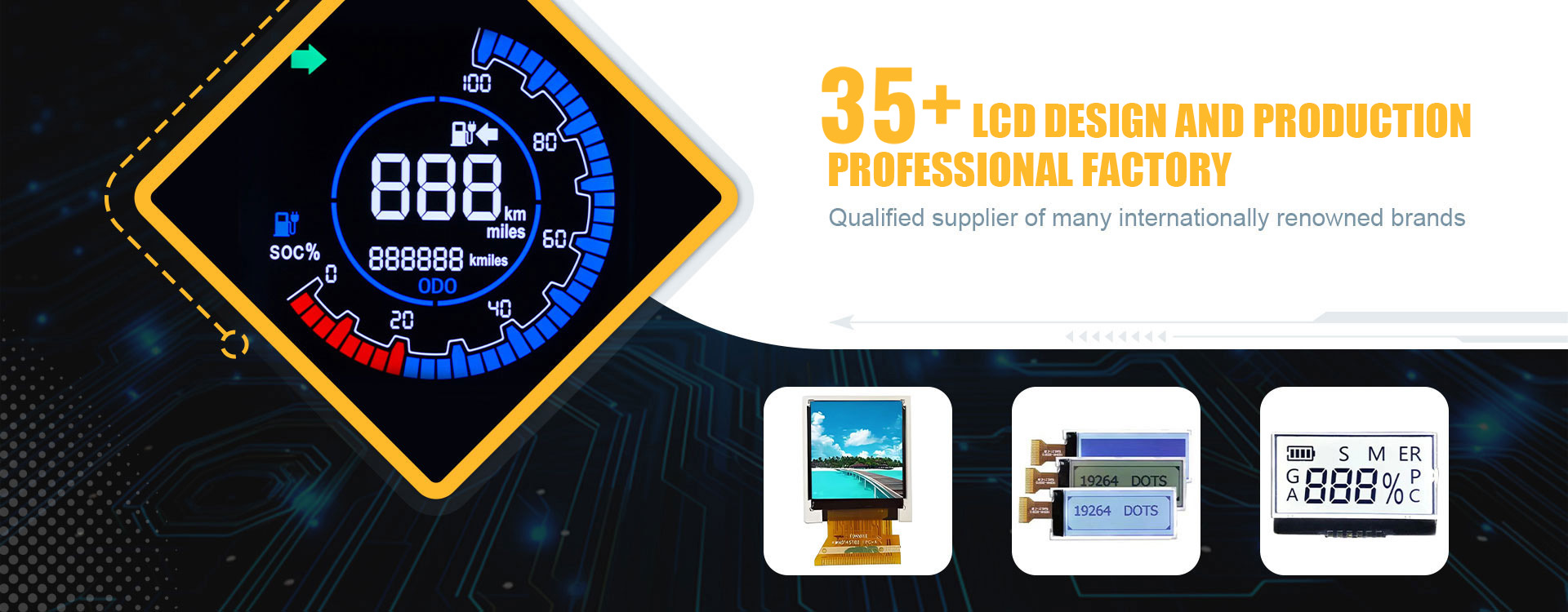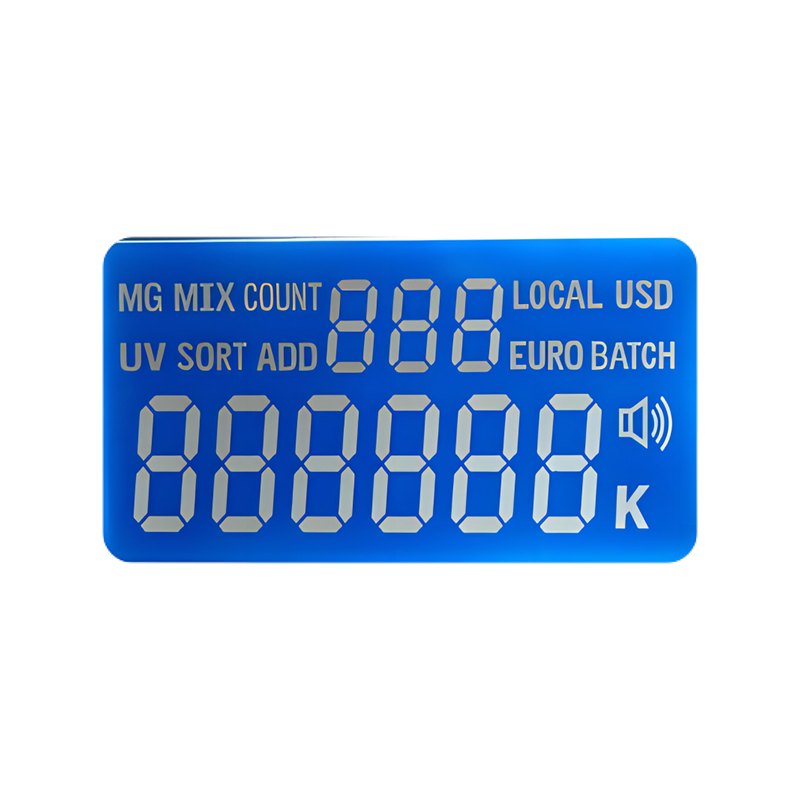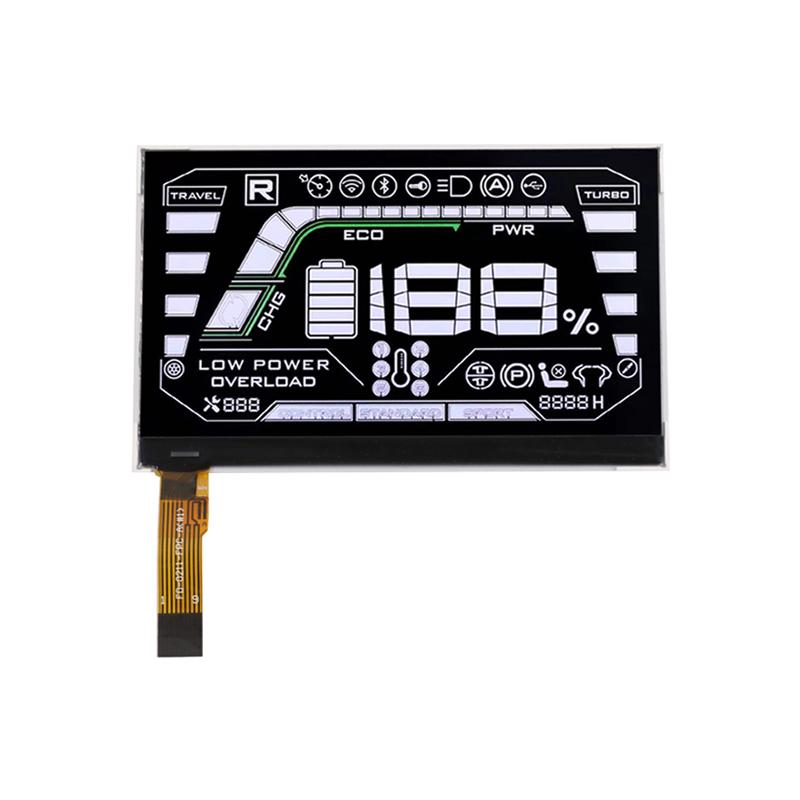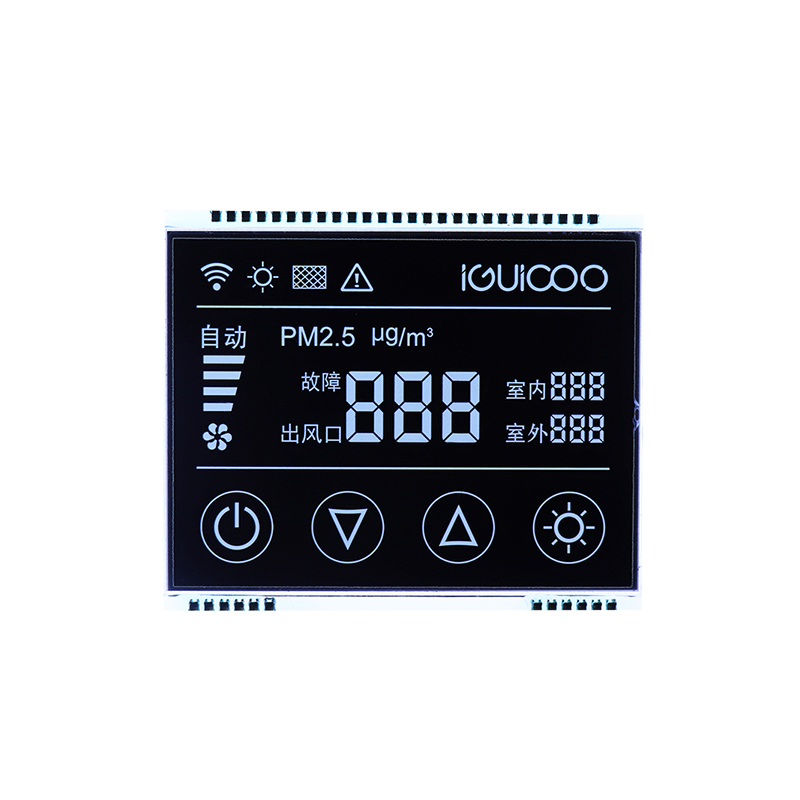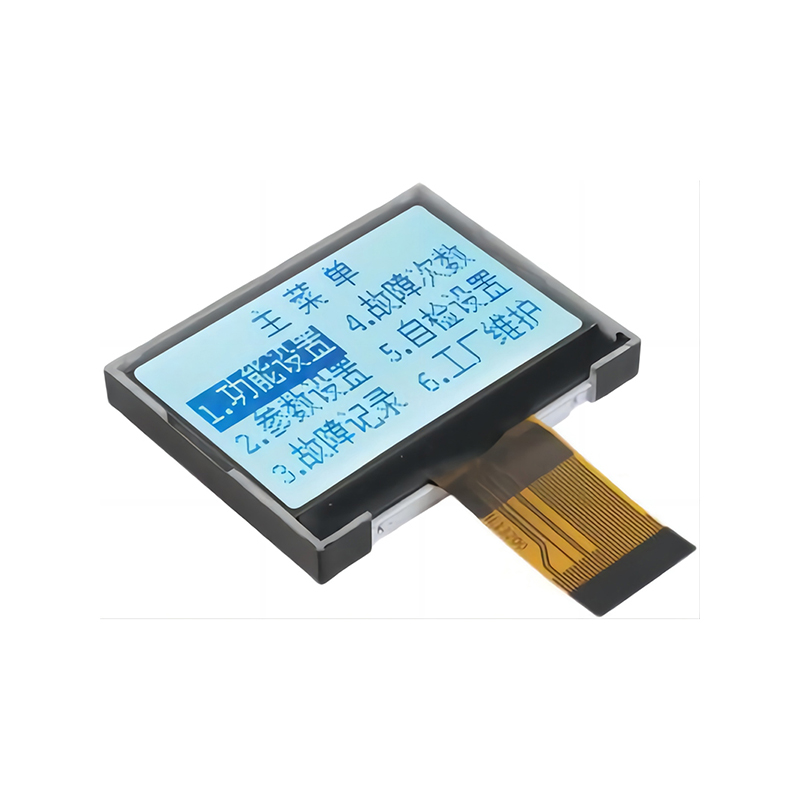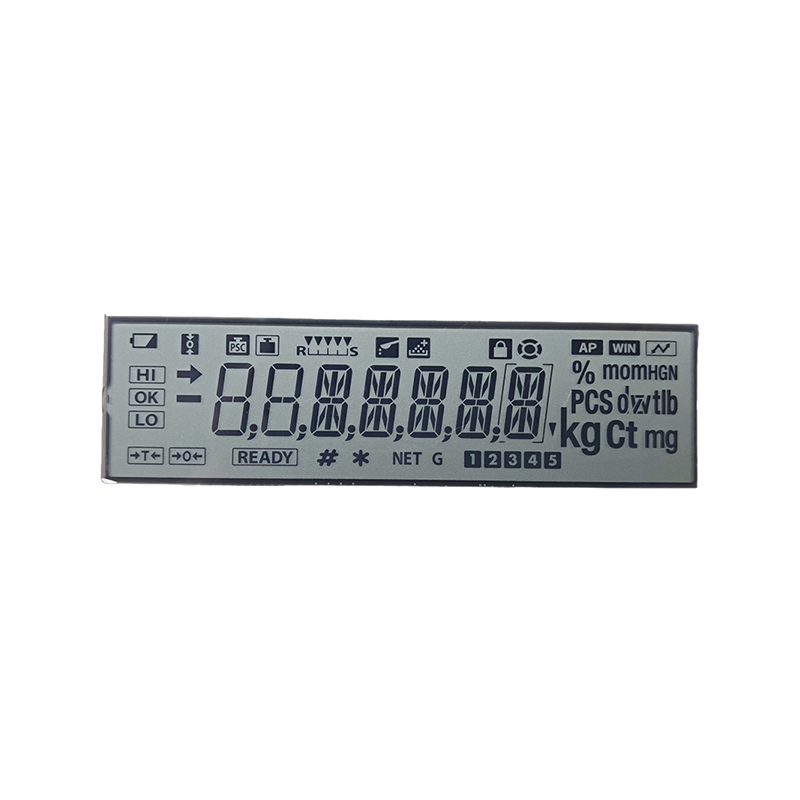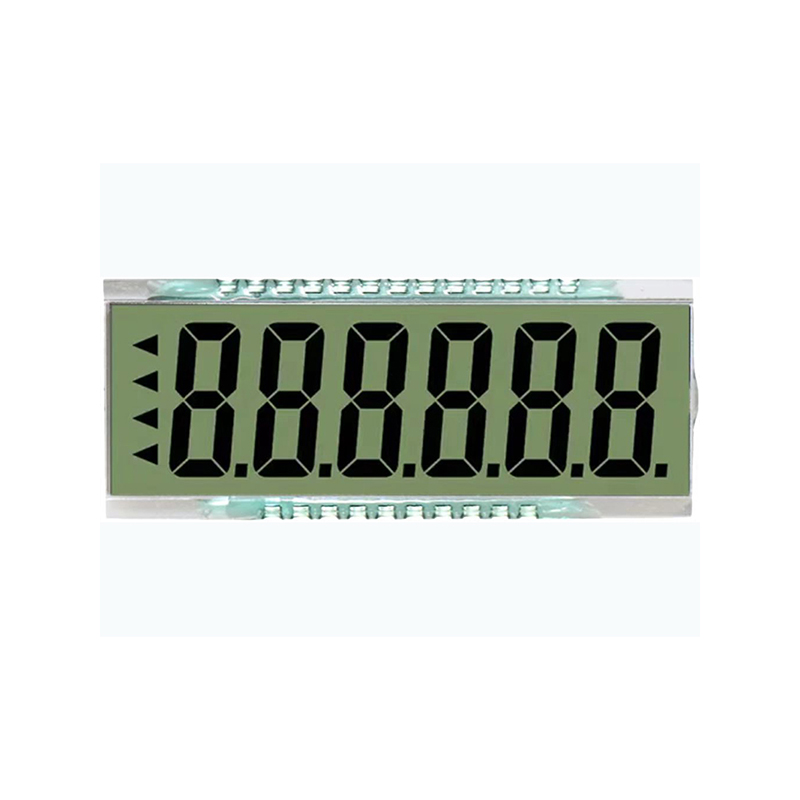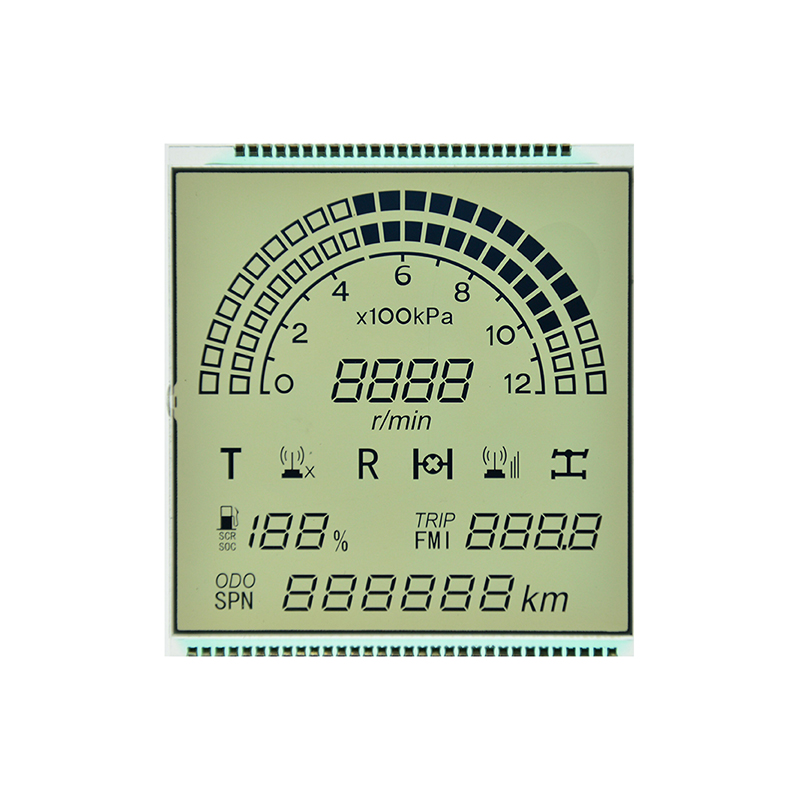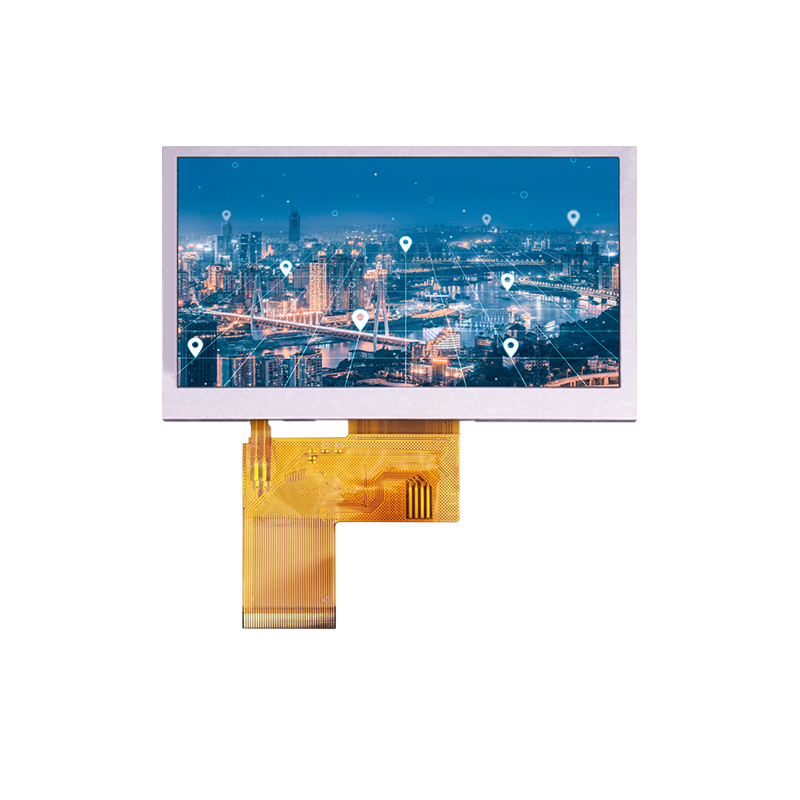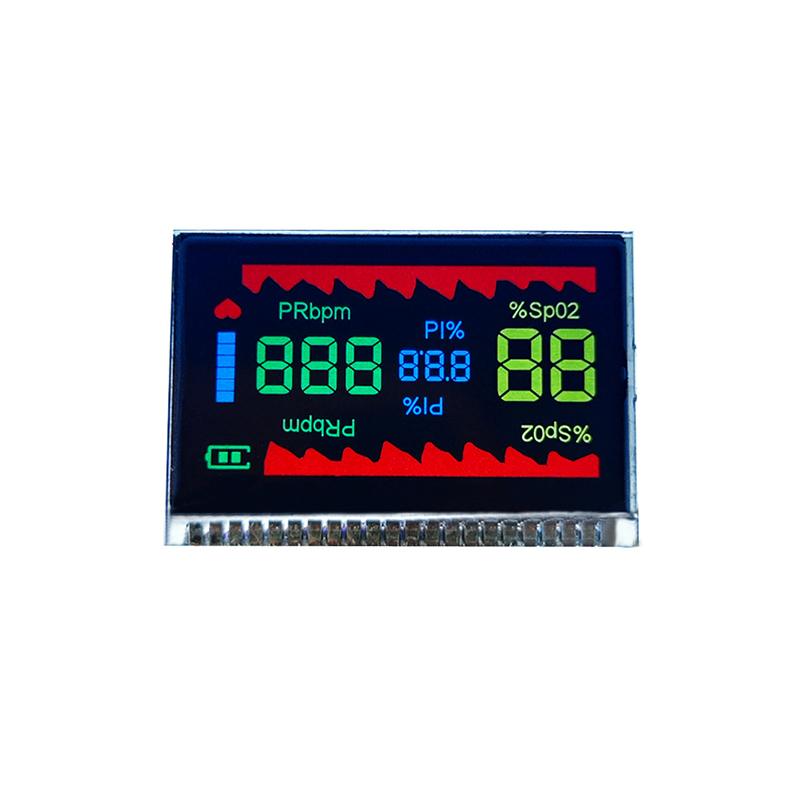
This guide explores the top Arduino LCD displays available, comparing their features, specifications, and applications to help you choose the perfect display for your project. We'll cover various display types, sizes, interfaces, and crucial factors to consider before making your purchase. Learn about resolution, backlighting, contrast, and power consumption to make an informed decision.
Arduino LCD displays are essential components for many embedded systems and projects. They provide a visual interface to display information, control parameters, and feedback from sensors. The right display can significantly enhance the user experience and functionality of your creation. Choosing the best display depends largely on your project's specific requirements.
Several types of LCDs are compatible with Arduino boards. The most common are:
Selecting the ideal Arduino LCD display requires considering several critical factors:
The resolution (measured in pixels) determines the clarity and detail of the display. Higher resolution displays are sharper, but they may require more processing power and consume more energy. The size of the display is also important, depending on your project's space constraints.
Most Arduino LCD displays use either I2C or SPI communication protocols. I2C simplifies wiring, using fewer pins on the Arduino, while SPI can offer higher data transfer rates for more demanding applications. Consider the complexity of your project when deciding between the two.
Backlighting improves visibility, especially in low-light conditions. Common options include white, blue, and RGB backlights. The choice often depends on aesthetic preference and project needs.
Power consumption is a significant factor, especially in battery-powered applications. Lower power consumption translates into longer battery life. Check the datasheet for specifics on current draw.
Here's a comparison of some popular Arduino LCD displays. Note that specifications and pricing can change.
| Display | Type | Resolution | Interface | Backlight |
|---|---|---|---|---|
| 16x2 Character LCD | Character | 16x2 characters | Parallel | White |
| 20x4 Character LCD | Character | 20x4 characters | Parallel | White |
| ST7735 1.8 TFT LCD | Graphic | 128x160 pixels | SPI | White |
| ILI9341 3.2 TFT LCD | Graphic | 320x480 pixels | SPI | White/RGB |
For high-quality displays and custom solutions, consider exploring options from Dalian Eastern Display Co., Ltd. They offer a wide range of LCD modules tailored to various needs.
Choosing the right Arduino LCD display depends on your project's specific demands. This guide provided a comprehensive overview of factors to consider, different display types, and key features to look for. Remember to carefully analyze your project requirements before making a selection to ensure seamless integration and optimal performance.
1 Datasheets from various manufacturers.
